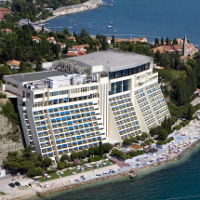27th International Electrotechnical and Computer Science Conference ERK 2018
The ERK 2018 conference will be held on September 17-18, 2018 in Congress Center Bernardin, Portorož, Slovenia. The conference is organized by the IEEE Slovenia Section together with Faculty of Electrical Engineering University of Ljubljana and other Slovenian professional societies. The Conference is bilingual, with presentations in English and Slovenian.
| VP - Invited Lectures | CS - Computer Science |
| EL - Electronics | PR - Pattern Recognition |
| TC - Telecommunications | BM - Biomedical Engineering |
| AR - Automatic Control and Robotics | DI - Didactics |
| SM - Modeling and Simulation | ST - Student Papers |
| ME - Power Engineering | PS - Poster Session |
| MT - Measurement | AE - Acoustics and Electroacoustics |
Author info:
- Paper submission deadline: 5. July 2018
- Notification of acceptance: 20. August 2018
- Camera-ready: 31. August 2018
ERK Template: doc, pdf, LaTeX.
Final Program:
http://erk.fe.uni-lj.si/2018/Sedemindvajseta mednarodna Elektrotehniška in računalniška konferenca ERK 2018
Konferenca bo potekala v kongresnem centru Bernardin v Portorožu.
Na konferenci bo od 17. do 18. septembra 2018 poleg rednih sekcij bogat vzporedni strokovni program v dveh dneh, zato Vas vzpodbujamo, da si vzamete čas in se v tej atmosferi informirate in pogovorite o novostih, trendih in možnosti razvoja naše stroke na specifičnih področjih, za katere in od katerih živite. Vabljena, pregledna in poučna predavanja bodo dopolnjevala osnovni program konference, kjer bodo raziskovalci poročali o svojih dosežkih pred kritičnim strokovnim forumom udeležencev. Delovna jezika sta slovenski, ker se negovanju slovenske tehniške besede ne moremo odpovedati, in angleški, s čimer vabimo vedno več udeležencev iz tujine. Na konferenci bodo zastopana naslednja področja:
|
|
Konferenco organizira Slovenska sekcija IEEE v sodelovanju s Fakulteto za elektrotehniko Univerze v Ljubljani in drugimi strokovnimi društvi. Članek naj obsega 4 strani in je napisan v slovenščini ali angleščini, vendar od avtorjem pričakujemo, da bodo v istem jeziku članek predstavili tudi na konferenci! Preliminarni urnik za avtorje:
- Rok za oddajo članka: 5. julij 2018
- Obvestilo o izboru: 20. avgust 2018
- Oddaja za tisk: 31. avgust 2018
Vabilo na Tekmovanje študentskih prispevkov 2018 Slovenske sekcije IEEE.
Predloge za pisanje prispevka: doc, pdf, LaTeX.
Končni program:
http://erk.fe.uni-lj.si/2018/Urnik / Schedule

Dogodki / Events
Ponedeljek / Monday 17.9.2018
- Poster sekcija PKP / Poster session
- 13h - Študentsko tekmovanje / Student Competition
Rezultati tekmovanja 2018:- Mitja Alič, FE, Uni Lj
- Domen Ulbl, FERI, Uni Mb
- Blaž Bertalanič, FE, Uni Lj
- 16h - Otvoritev / Opening ceremony
Srečanje skupin LM, WIE in YP Slovenske sekcije IEEE / IEEE LM, WIE and YP Affinity Group meeting - 18h - Sestanek WIE Slovenske sekcije IEEE / IEEE Slovenia Section WIE meeting
- 20h - Konferenčna večerja / Conference Dinner (GH Bernardin)
Torek / Tuesday 18.9.2018
- 12h15 - Kosilo / Lunch (Taverna Mediteran)
Vabljeni predavatelji / Invited Speakers
Damir Žarko
FEEC, Uni Zagreb
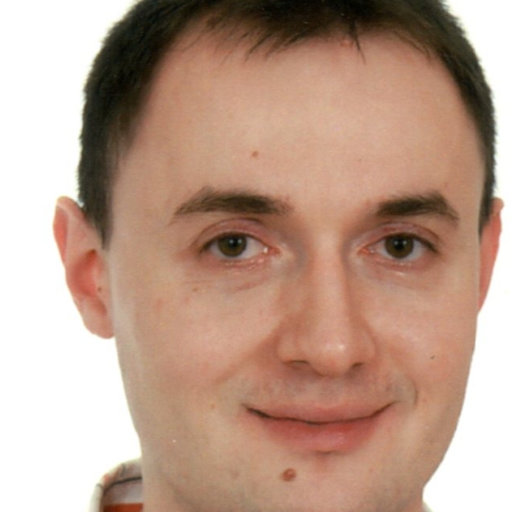
VP.1 Challenges in electric motor design for automotive application
Abstract. Development of efficient and affordable power trains for electric and hybrid vehicles is in the focus of many researchers in industry and academia and is motivated by government regulations and consumer demands. The key components of a power train are electric motor, power converter, batteries and associated control systems. Electric traction motors are required to have the lowest possible size and weight, provide sufficient continuous and short-term torque and power to satisfy the requirements of vehicle kinematics in various conditions, and endure high rotational speeds without exceeding thermal constraints of winding insulation or permanent magnets, mechanical constraints of the rotor, and voltage and current limits of the battery and inverter. These conflicting requirements present a considerable challenge for machine designers. On an example of interior permanent motor most commonly used in automotive applications this lecture will demonstrate a multiphysical approach to traction motor design process combined with evolutionary optimization as a design tool capable of addressing the most important design challenges.
Maja Pivec
IDC, FH JOANNEUM Uni, Graz

VP.2 Game design for situated development of students’ creativity
Abstract. Industry is placing new challenges in front of educational institutions, emphasizing the necessity for young people entering the workforce to have the ability to work in teams, communicate and collaborate and be proactive i.e. soft skill set that educational institutions did not provide in needed extent to their graduates. To achieve this, educational institutions are increasingly looking into how to harness elements and game mechanics of leisure games and adapt them into appealing and motivating learning that transfer into their future work settings.
As an example of how this creativity and team work are needed and could possibly transfer into the real world, we can use the advancements and integration of AI, speech recognition, and computational power that have evolved from experimental research environments into products for everyday use. Furthermore, we witness the use of virtual assistants in everyday life, but how do we establish an emotional state with a virtual tutor as we often do with real people, and could we design virtual assistants’ personas to enable users to make choices based on technology as well as the VA personality they prefer.
All this will take team work from UX designers as well as talented developers, both being creative and both working towards the same goals.
This talk will present four game-based learning designs with focus on situated development of students’ creativity and active participation in the learning process. Presented cases from formal and non-formal learning setting, are based on role-play, interdisciplinary team work and co-creation, using games and gamification as additional motivation to engage students in project and problem based learning.
Matjaž Finc
Nielsen Lab d.o.o, Koper
VP.3 Total Audience Measurement
Abstract. Modern world is flooded with visual media. Consumer interest is rapidly shifting from broadband television broadcast towards more individually tailored content like video on demand and social media video streaming. Providers of video and commercial adds must be able to place the content of interest to specific user groups and individuals at the most convenient time. To get feedback about the penetration of content delivery, it requires precise measurements of audience coverage.
This lecture will outline the challenges and current state-of-the-art of technology for measuring video content delivery to audience in a household, with focus on television from broadband broadcasts to over the top video content and covering other fixed and mobile streaming video consumer devices (personal computers, mobile phones, tablets).
Ujjwal Maulik
DCSE, Jadavpur University
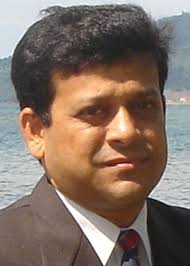
VP.4 Single and Multiobjective Clustering
Abstract. Data clustering is a popular unsupervised data mining tool that is used for partitioning a given data set into homogeneous groups based on some similarity/dissimilarity metric. There are several single objective clustering algorithms available and popular in the literature including KMean and FCM. Although both KMean and FCM are very popular algorithms, they may stuck to local optima depending on the choice of initial cluster centers. In this lecture first we will demonstrate how Metaheuristic techniques can be used to solve the problem of KMean/FCM. Result will be demonstrated for pixel classification of satellite images.
In the second part of the problem we will discuss Multiobjective clustering, in which multiple objective functions are simultaneously optimized. Selecting one solution from the set of Pareto Optimal solutions is always a critical issue. We will also discuss how machine learning techniques like Support Vector Machine (SVM) can be used to combine the Pareto Optimal solutions to evolve a better solution. The result will be demonstrated for classification of Gene Micro Array Data.
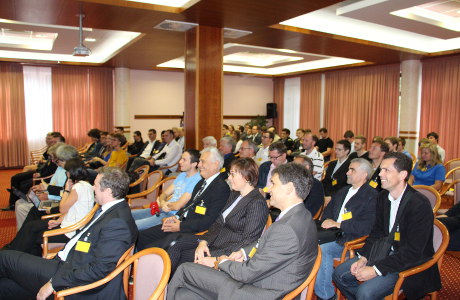


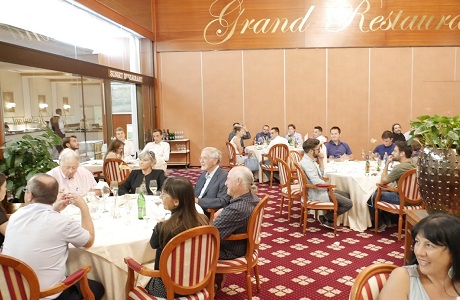
 IEEE Slovenija
IEEE Slovenija